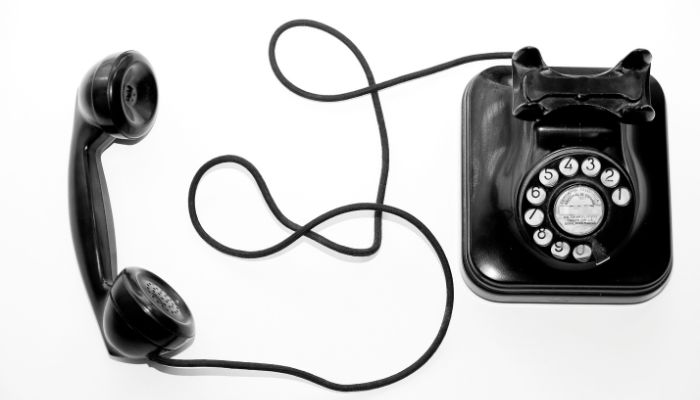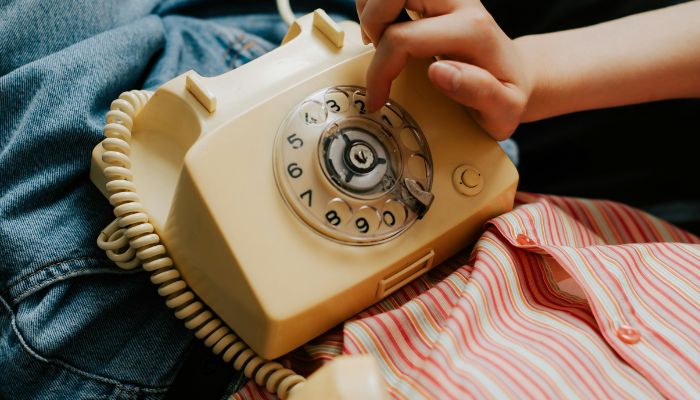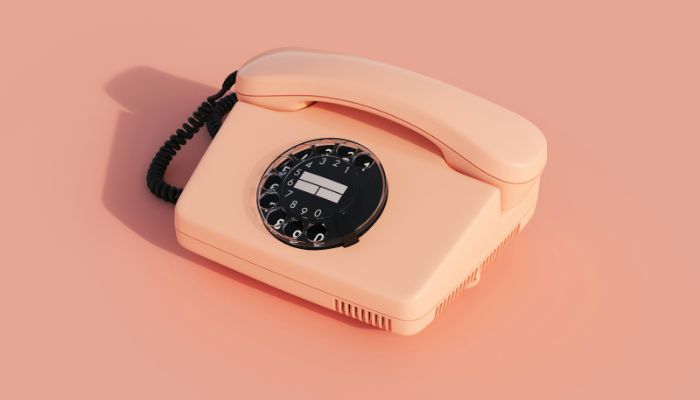
To change your landline phone number, you primarily need to contact your existing service provider, as they facilitate your request through their specific number changing protocols. This process typically requires identity verification and may involve assessing outstanding contracts. The service provider will provide a new number, which typically takes a few hours to several days to activate.
Keep in mind, once a number is changed, reverting back might not be possible. As you continue to gather information, you will discover further considerations like service compatibility issues, ensuring accessibility for emergency services, and steps to smoothly transition your contacts to your newly changed number.
Understanding Your Landline Service
Your landline service, a stalwart of communication, is more than just a simple phone connection. It represents a well-established and reliable method of communication that has been in use for over a century. Traditional phone lines, with their dedicated circuits and physical connections, offer a level of reliability and clarity that is challenging to match with other systems.
Landline phone service is provided by phone service providers who maintain the infrastructure necessary to facilitate this type of communication. These providers operate vast networks of phone lines, switches, and other equipment designed to ensure that your calls get through.
This service extends beyond the simple act of making and receiving calls. It encompasses a variety of features and capabilities, such as caller ID, voicemail, and call forwarding, that enhance the utility of your landline phone.
In understanding your landline service, it’s essential to appreciate its role as a cornerstone of communication systems worldwide. Despite the proliferation of mobile phones and internet-based communication platforms, traditional phone lines remain a crucial component of our global communication infrastructure.
A landline phone is not just a device but a testament to the enduring nature of direct, wired communication. For more details, you can also look up landline number for any changes or information.
Reasons to Change Your Number
Despite the reliability and longstanding history of landline telephone services, there are times when changing your phone number may be necessary. There can be several reasons to change your number, some are personal while others are related to your service provider.
- One of the primary reasons to change your landline phone number is to avoid unwanted calls. These could be from telemarketers, spammers or even individuals you would prefer not to communicate with. By changing the current phone number, you can regain peace and privacy.
- Another motivation could be an outstanding balance from a previous user of that number. In such cases, changing the number can prevent further unwarranted charges.
- Also, relocating to a new area might necessitate a change of number for easier local connectivity.
- Lastly, you might wish to change your number if you’re unsatisfied with the service or coverage of your current provider. A new provider might offer better value or features, prompting a number change.
Contacting Your Service Provider

In the majority of cases, the initial step to changing your landline phone number involves communicating with your current service provider. This process requires you to directly contact your service provider and express your intent to change your landline phone number.
Each landline phone service provider has a different procedure, but all will require some form of verification to confirm your identity and ensure the security of your account. This verification process usually involves providing details such as your billing address, account number, or other personal details linked to your service account. It is crucial to have this information readily available to avoid delays.
There may also be considerations regarding outstanding contracts with your provider. If you’re in the middle of a contractual period, there may be fees or charges associated with a number change.
It’s also important to note that your service provider may not be able to provide the same number if you wish to revert back in the future. Therefore, think carefully and ensure that changing your landline phone number is the best decision for your personal or business needs before proceeding with the process.
Navigating the Number Change Process
Once the decision to change your landline phone number is finalized and you have contacted your service provider, navigating the number change process begins. This procedure, also known as phone number porting, is often a simple process but it can be confusing for those unfamiliar with it.
The first step in the transfer process is to verify your account information. This is to ensure the service provider has correct and updated details about the holder of the phone number.
The next step is to select a new number. Depending on the service provider, you may be presented with a list of available numbers from which to choose.
The main principle that guides how to change landline phone number is the concept of phone number portability. This is a regulation that allows consumers to keep their phone numbers when switching telecommunication companies or changing their geographical location. It is a consumer right protected by law in many countries including the United States, the United Kingdom, and Australia.
This process, although simple, requires patience as it can take anywhere from a few hours to several days to complete. It is important to maintain communication with your service provider to ensure a smooth transition. Additionally, knowing common prefixes for landline numbers can be helpful in understanding potential changes.
Setting Up Your New Number

Having successfully navigated the process of changing your landline phone number, the next phase involves setting up your new number. This critical step generally requires an understanding of your landline phone hardware and a few other key aspects.
The first step is to check your landline phone hardware. Ensure that your device is compatible with the new service. The phone socket should be firmly connected, and the phone dial must function correctly. If there are any hardware issues, it might be a good time to consider an upgrade.
Next, review your current contract. Some providers may require a specific set up for new phone numbers. It’s essential to follow these stipulations to avoid any disruptions in service.
You should also update your service address to reflect the new number. This information is crucial for emergency services and for proper routing of calls.
Tips to Inform Contacts About Change
Making your contacts aware of your new landline number is an essential task to ensure seamless communication. It may seem like a daunting task, but with the right approach, it can be accomplished effortlessly.
- Begin by making a list of your key contacts, those who frequently interact with you via your personal phone. These could include family, friends, business associates, and service providers such as your doctor’s office, bank, or utilities companies.
- Next, format requests to inform these contacts about your number change. This could be in the form of a simple, clear, and concise message stating that you have changed your landline service and providing them with the new number. Also, specify the effective date of the new number to avoid any confusion.
- Most phone providers offer a service to forward calls from the old number to the new one for a certain period. This is a good safety net to catch any stragglers who might not have updated your contact information.
Conclusion
Modifying a landline phone number involves a comprehension of the current service, identification of causes for change, interaction with the service provider, and careful navigation of alteration protocols. The new number must be effectively set up and communicated to all relevant contacts.
By implementing these steps, the transition to a new landline number can be executed smoothly, ensuring minimal disruptions to daily communication and maintaining crucial connections.